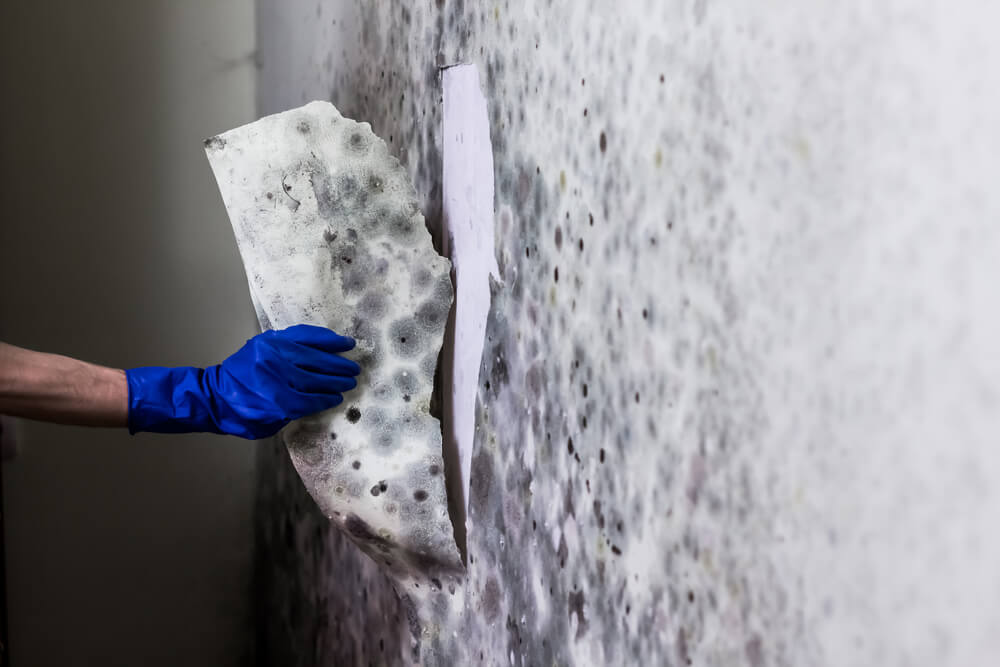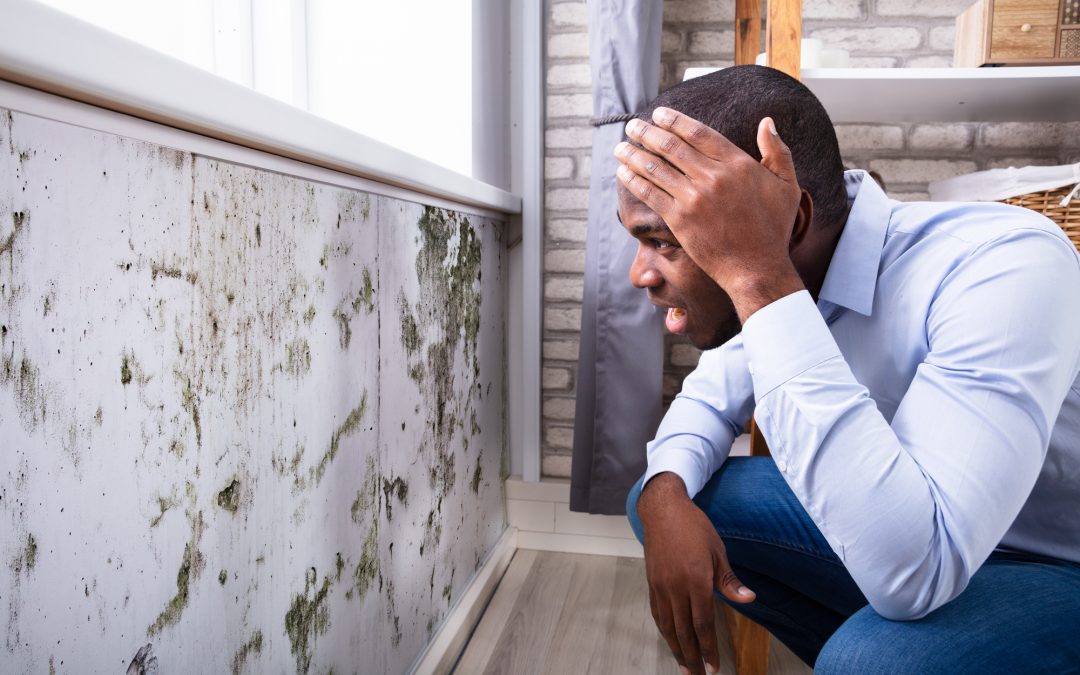Effective Post Mold Remediation Solutions for Your Home
Mold and mildew development in homes can be a relentless problem, usually requiring an organized method for effective post-remediation services. From understanding the elements that contribute to mold and mildew growth to carrying out appropriate cleansing strategies and moisture control actions, the process can be intricate yet essential for maintaining a healthy living atmosphere. In addition, checking out natural remediation services and developing a regular for ongoing maintenance are important parts of an extensive mold removal technique. As home owners aim to resolve mold worries, finding one of the most efficient remedies comes to be vital for the well-being of their homes.
Comprehending Mold And Mildew Development Factors
The primary aspect adding to mold and mildew development is moisture. Mold and mildew spores require wetness to thrive and germinate, making moist or wet settings very susceptible to mold infestations.

In addition, airflow and light exposure can affect mold growth. Areas that do not have proper air flow and natural light are a lot more susceptible to mold growth. By resolving these elements adequately, individuals can efficiently mitigate mold and mildew growth and guard their living atmospheres.
Proper Mold And Mildew Cleansing Methods
Using effective cleaning methods is vital in protecting against the reappearance and attending to of mold and mildew contamination in interior settings. The very first step in proper mold and mildew cleaning is to include the affected location to protect against the spread of spores to uncontaminated locations.

Applying Wetness Control Actions
To properly protect against mold growth and contamination in interior environments, applying moisture control procedures is critical. In addition, guaranteeing proper ventilation in locations prone to moisture accumulation, such as bathrooms and kitchen areas, can aid reduce the threat of mold and mildew growth. By vigilantly applying these dampness control measures, property owners can properly minimize the chance of mold and mildew recontamination and keep a healthy interior environment.
Utilizing All-natural Removal Solutions
After effectively implementing dampness control measures to stop mold growth in interior atmospheres, house owners can currently check out the efficiency of natural removal services in keeping a healthy space. All-natural remediation services use eco-friendly techniques to combat mold and mold, making them a discover this info here preferred selection for those seeking safe choices. One such service is using vinegar, a natural antimicrobial agent, to disinfect and tidy surfaces infected by mold and mildew. Merely thin down vinegar with water and spray it onto the influenced areas, enabling it to sit for a couple of hours prior to wiping clean. Furthermore, tea tree oil, recognized for its antifungal residential or commercial properties, can be combined with water and splashed onto mold-infested surfaces to inhibit further growth. One more all-natural choice is hydrogen peroxide, which can properly eliminate mold and mildew on various surface areas without leaving unsafe deposits behind. By integrating these natural removal options right into their cleaning routines, house owners can efficiently combat mold and mildew development while promoting a healthier indoor environment on their own and their households.

Maintaining a Mold-Free Atmosphere
In order to prevent mold and mildew reappearance and guarantee a continually mold-free atmosphere, it is crucial for homeowners to implement proactive maintenance techniques. Consistently checking locations susceptible to mold growth, such as shower rooms, basements, kitchen areas, and attics, is essential. Addressing any type of leakages, water damages, or excess dampness quickly can considerably decrease the threat of mold development. Post Mold Remediation Report. Appropriate ventilation in locations with high moisture levels is also essential check here to stopping mold growth. Utilizing dehumidifiers or exhaust followers can aid keep optimum dampness degrees and prevent mold spores from prospering.
Additionally, keeping cleanliness in the home is vital for mold and mildew prevention. Regularly cleaning and dusting surface areas, carpets, and furniture can assist remove mold spores before they have an opportunity to increase and work out. Making use of mold-resistant products for construction products and furnishings can even more aid in developing a mold-free setting. Keeping interior plants in check and making sure appropriate water drainage in outside landscape design can decrease moisture build-up, decreasing the possibility of mold and mildew problems. By adhering to these aggressive upkeep practices, house owners can effectively maintain a mold-free living area.
Verdict
Finally, it is necessary to address mold development factors, use correct cleaning strategies, apply dampness control steps, use natural removal options, and keep a mold-free setting in order to properly deal with article mold remediation in your home - Post Mold remediation cleaning. By adhering to these strategies, you can stop mold from recurring and make sure a healthy and balanced living environment useful content for you and your household
The main variable contributing to mold and mildew growth is moisture. Mold spores require dampness to flourish and germinate, making moist or humid atmospheres very vulnerable to mold and mildew invasions.To efficiently prevent mold growth and contamination in indoor settings, carrying out dampness control measures is extremely important. In addition, ensuring appropriate air flow in locations prone to moisture accumulation, such as cooking areas and bathrooms, can aid lower the risk of mold growth.After effectively executing dampness control actions to avoid mold and mildew development in indoor settings, house owners can now discover the efficiency of natural remediation options in keeping a healthy and balanced living space.